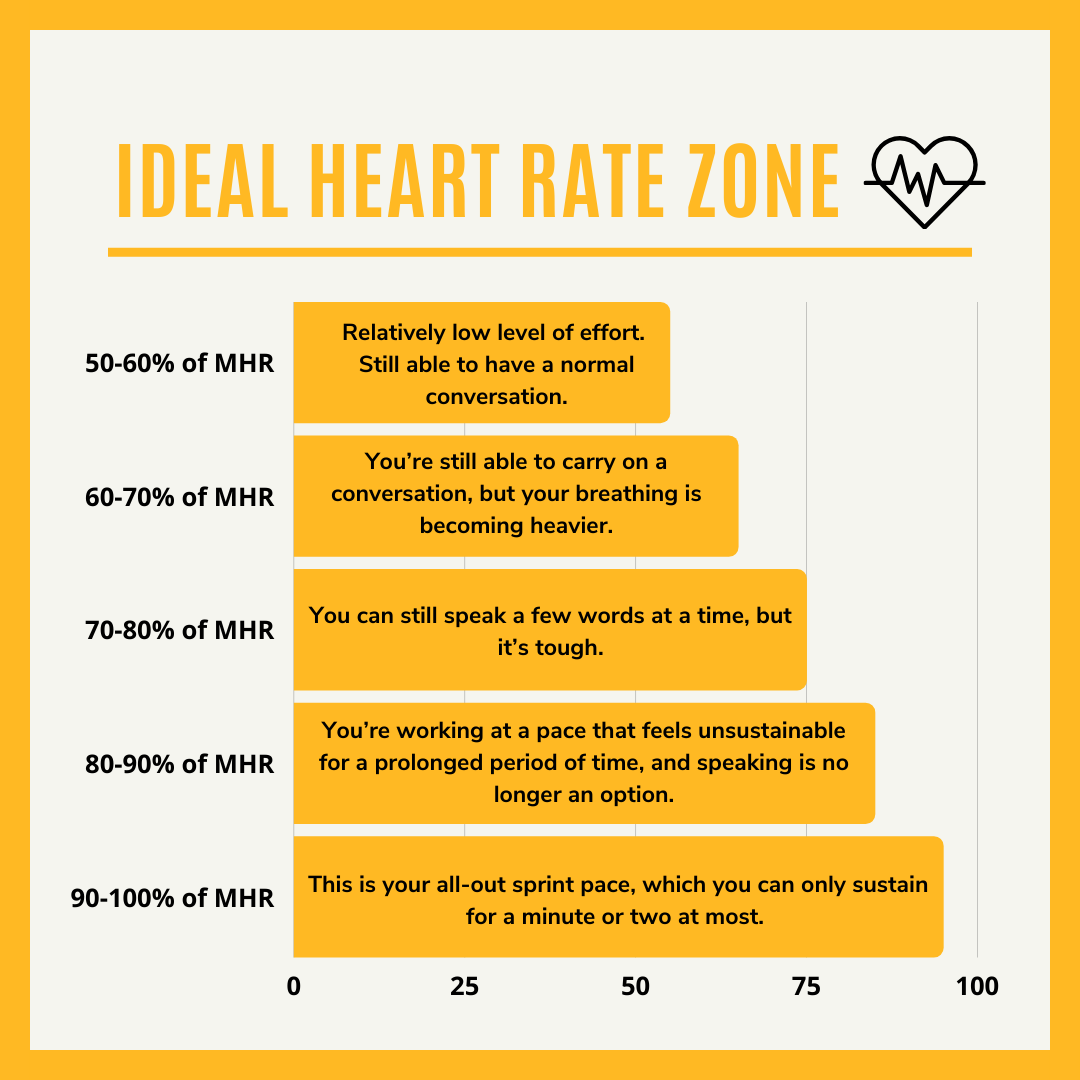Thanks to the wide selection of available fitness trackers and smartwatches, it’s never been easier to track and record your heart rate. But how useful is that information?
Very, it turns out. First of all, it’s possible to calculate calories burned by heart rate.
So, if you’ve ever wondered about the effectiveness of a particular fitness class or wanted to compare the intensity of one type of workout to another, your heart rate can be a useful clue.
Monitoring your heart rate in real time can also help you stay within your target heart rate zone and provide valuable insights into your progress and overall fitness level.
So don’t ignore that little heart-shaped graphic on the screen of your wearable — use it.
How to Calculate Calories Burned by Heart Rate
Only an exercise physiologist with access to a lab can provide a scientifically accurate measurement of how many calories you’ve burned during a workout.
But, with some basic math skills, it is possible to get an estimate. To calculate calories burned by heart rate, you’ll need:
- The duration of your workout
- Your average heart rate for that workout
- Some basic personal information
- A calculator
Below are two formulas based on biological sex:
Male: [(-55.0969 + (0.6309 x HR) + (0.1988 x W) + (0.2017 x A)] / 4.184) x 60 x T
Female: [(-20.4022 + (0.4472 x HR) – (0.1263 x W) + (0.074 x A)] / 4.184) x 60 x THR = Heart rate (in beats/minute)
W = Weight (in kilograms; 1 kg = 2.2 pounds)
A = Age (in years)
T = Exercise duration time (in hours)
For example, a 40-year-old woman weighing 68 kilograms (about 150 pounds) who averages 160 bpm during an hour-long workout will burn about 653 calories.
“Generally speaking, the higher your heart rate, the more calories you will burn for a given amount of time,” says Todd Buckingham, Ph.D, an exercise physiologist at Mary Free Bed Sports Rehabilitation Performance Lab in Wyoming, Michigan. “For example, if running for 10 minutes, you will burn more calories if your heart rate is 180 beats per minute (bpm) than if it was 140 bpm.”
Buckingham describes this formula as a “good, scientifically developed formula,” but notes that all the participants in the study that tested it were physically active and free of any metabolic or cardiovascular diseases.
“This means that the equation accurately predicted actual energy expenditure extremely well for a wide range of active individuals and can therefore be generalized to other active individuals who regularly partake in physical activity,” he says. “Whether this equation is accurate for individuals who have some type of metabolic or cardiovascular disease or who have not engaged in prior physical activity remains unknown.”
What Heart Rate Zone Is Best for Losing Weight?
Heart rate zones are based on your maximum heart rate (MHR), or the fastest rate at which your heart can beat. The most popular formula for calculating MHR is: 220 minus age.
So, based on this formula, the MHR for a 40-year-old person is estimated to be about 180 bpm.
(Note that, while this formula is simple to use, there are other, slightly more complicated formulas that are believed to be more accurate.)
Each heart rate zone is determined by a percentage of your MHR:
- 50-60% of MHR: A relatively low level of effort. You can still carry on a conversation. (Think: warming up, cooling down, and active recovery.)
- 60-70% of MHR: You’re breathing heavier, but you can still speak in short sentences.
- 70-80% of MHR: Your heart is beating faster, breathing is labored, and it’s harder to speak.
- 80-90% of MHR: Speaking is no longer an option.
- 90-100% of MHR: An all-out effort that you can sustain for only very short bursts (e.g., a sprint).
Your ideal heart rate zone depends on your fitness goals, says Buckingham.
“If your goal is weight loss, you should try to keep your heart rate as high as possible for as long as possible [without increasing your risk of overtraining or injury],” he explains. “So, if you’re able to sustain a high heart rate for an extended period of time, you will get the most of your calorie burn.”
However, whether you’re a competitive sprinter or marathon runner, you’ll need to adjust your approach accordingly.
“If your goal is training for endurance, you need to be able to run for long durations,” Buckingham says. “Therefore, it’s important to incorporate a lot of long, steady state runs into your training where you keep your heart rate at about 70% of your maximum.”
For the sprinter, heart rate monitoring is less applicable to everyday training. “When sprint training, it’s best just to run really fast and not pay attention to heart rate,” he says.
What Can You Learn From Your Heart Rate?
When tracked over time, your heart rate can be an indicator of your overall health and progress toward achieving your fitness goals.
If you’re consistent with exercise, you’ll likely notice that your heart rate is lower than when you first began working out — both at rest and when you’re active.
“This shows that your body is becoming more efficient,” Buckingham says.
“Cardiac output is the amount of blood your heart pumps out each minute and is comprised of your heart rate and stroke volume (milliliters per beat). As you become more fit, your heart gets stronger and can pump more blood with each beat. Because your heart is now pumping more blood with each beat, it doesn’t have to beat as fast to maintain the same cardiac output,” he explains.


